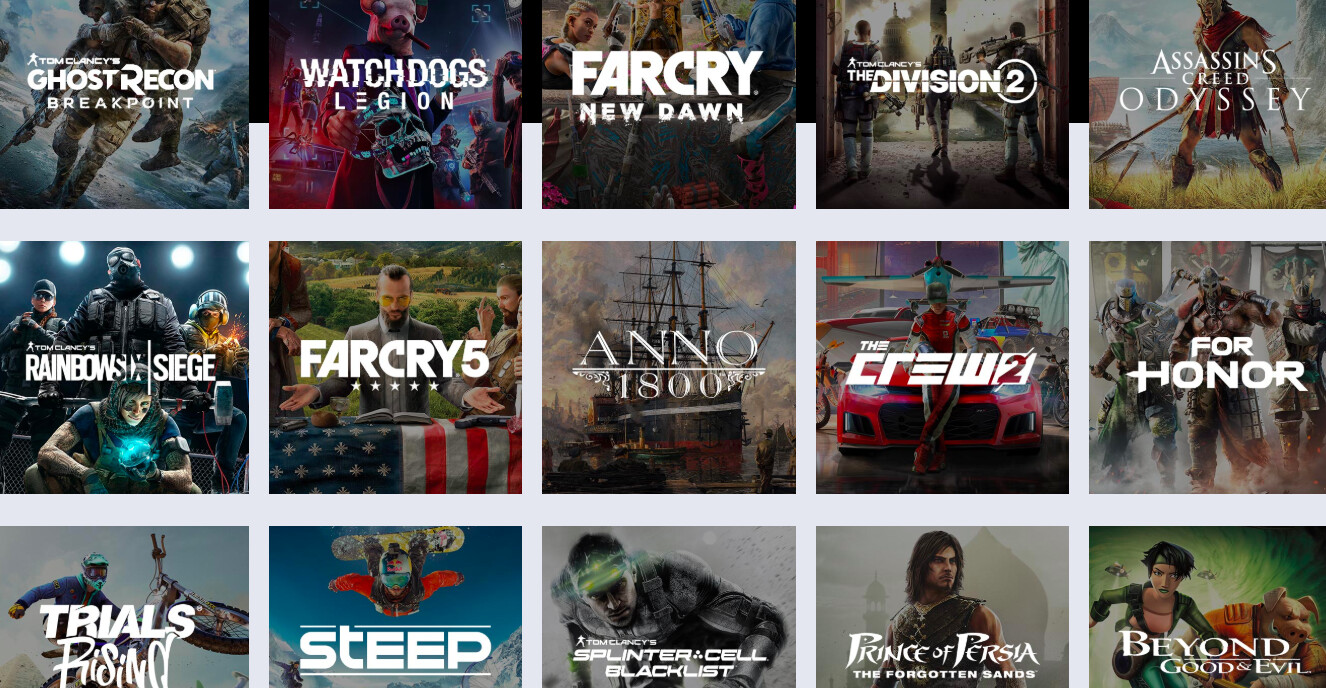Creating AAA games is a colossal endeavor in the realm of video game development, characterized by their grandiosity, exorbitant costs, and need for extensive teams. These games stand out for their top-tier graphics, intricate gameplay mechanics, and vast virtual worlds, making them a pinnacle of the gaming industry. A closer look at the reasons why developing a AAA game solo is implausible reveals the intricacy of these projects.
Complexity of AAA Games
AAA games are akin to digital symphonies, blending multiple art forms and disciplines into a cohesive and captivating whole. They are the result of a symphony of talents, each contributing their specialized skills:
Game Design: Game designers conceive the game's vision, shaping its mechanics, story, and overall experience. They must strike a balance between challenge and enjoyment, crafting a captivating narrative and engaging gameplay.
Programming: Programmers translate the game design into lines of code, essentially bringing the game to life. This involves coding the intricate systems that govern everything from character movements to physics simulations.
Art: Artists are responsible for crafting the game's visual aesthetics, designing characters, environments, and objects that not only look stunning but also convey the narrative and gameplay elements effectively.
Animation: Animators add movement and emotion to characters and objects, making them feel real and immersive. This requires an understanding of physics, anatomy, and storytelling through motion.
Music and Sound Design: Composers and sound designers create the auditory experience, composing music that complements the game's mood and crafting sound effects that enhance realism and immersion.
Time-Consuming Nature
The development of AAA games is a marathon, not a sprint. It's not uncommon for these projects to span several years. The complexity and scope of these games demand painstaking attention to detail and extensive testing. Here's why:
Iterative Development: AAA games often go through multiple iterations. Gameplay mechanics are refined, graphics are enhanced, and bugs are ironed out through repeated testing and adjustments. This iterative process takes time to achieve perfection.
Vast Game Worlds: Creating expansive virtual worlds, rich with detail, is time-consuming. Designing and building these environments, complete with landmarks, cities, and landscapes, is a monumental task.
Storytelling: Crafting intricate narratives and character arcs requires time for writing, voice acting, and cinematic sequences. These elements are essential for immersing players in the game's universe.
Financial Constraints
The cost of developing AAA games is staggering, running into the millions of dollars. These expenses encompass:
Talent Costs: Employing a large team of experts is costly. Salaries for skilled designers, programmers, artists, and other professionals add up quickly.
Technology and Tools: Access to cutting-edge hardware and software is essential to create top-tier graphics and immersive gameplay. These tools come at a significant cost.
Asset Acquisition: Licensing fees for music, sound effects, and other assets contribute to the budget. The quality of these assets directly impacts the game's overall experience.
The Need for a Diverse Team
While an individual may excel in one or more areas of game development, the collaborative effort of diverse talents is indispensable in creating a AAA game. Roles such as producers, project managers, and marketing and sales professionals play pivotal parts in ensuring the game's success.
In summary, attempting to create a AAA game alone is an impossible endeavor due to the intricate nature of game development, the extensive time required, and the significant financial investments involved. These games are a testament to the collective creativity, expertise, and dedication of large development teams. However, for aspiring game developers, starting with smaller indie projects offers a practical path to gaining experience and skills before considering larger, more complex ventures in the future.





